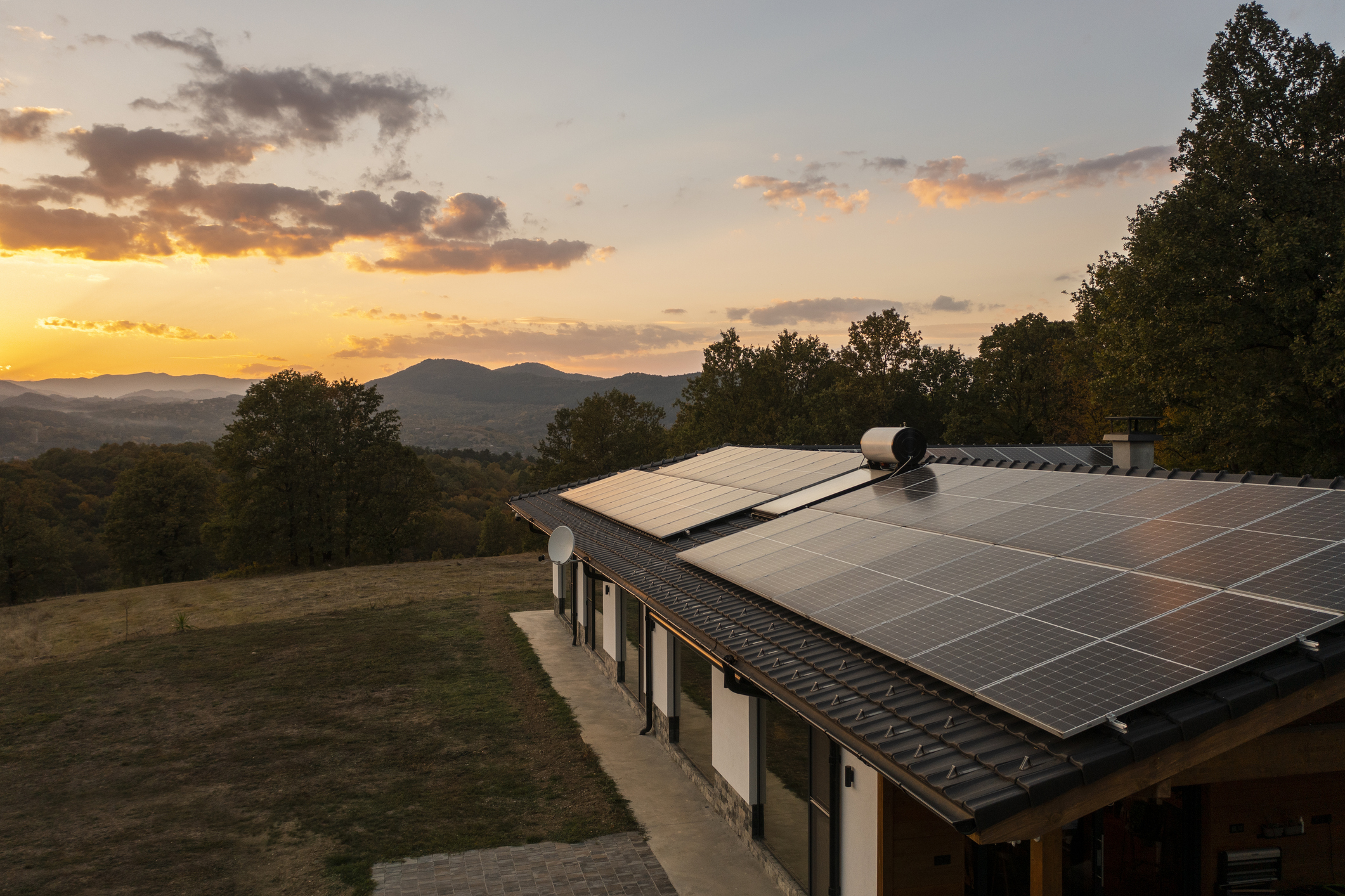With a number of notable (and sizeable) solar projects on the continent, could this renewable power source be the solution to economic development, job creation and more?
In a continent where more than half the population—some 600 million people—live without electricity, it seems painfully ironic that Africa is also one of the sunniest places on Earth. The marriage of solar power and the continent feels not only inevitable but long overdue.
“Africa is the region with the most solar potential worldwide–and also the region with the most to gain from the solar revolution,” explains Global Solar Council strategy director, Alyssa Pek.
South Africa, home to 46% of the continent’s new solar installations in 2024, per the Global Solar Council, is a leader in Africa’s ascent towards the utilization of renewable energy resources, followed closely by Egypt at 29%. Both countries could hold the key to Africa’s most ambitious energy projects.
The former boasts KaXu Solar One, a $891-million solar plant covering an area of approximately three square kilometers. According to the Industrial Development Corporation, its output is exuberant, providing clean, sustainable electricity to over 400,000 South Africans while providing job opportunities throughout the construction phase and around 80 permanent jobs during operation.
Loading...
In Egypt, near the Nile River is where you’ll find a solar juggernaut: the Benban Solar Park. Stretching across 37 square kilometers, it incorporates 34 solar plants, a testament to the continent’s shift toward large-scale clean energy.
And here lies the smoking gun—a shift away from coal and gas, and towards more accessible solutions.
“When it comes down to financials and economics, what we’re seeing now is that solar is the cheapest form of electricity in the world,” notes Jonathan Hall, Chief Commercial Officer at SOLINK, a technical advisor and project facilitator in renewable energy and battery energy storage.
“How quickly the infrastructure can be built is another plus; when you compare it to a coal power station or nuclear, which can take fifteen to twenty years to build, a large-scale utility solar project can go up in under two years.”
The Global Solar Council forecasts a 42% increase in African solar infrastructure for 2025, illustrating optimism in the continent’s green revolution. Its ability to connect rural areas in Africa, via modular devices, can empower local economies and expand markets.
“More and more, governments across Africa are realizing that solar can be the backbone for realizing a country’s sustainable development goals,” Pek tells FORBES AFRICA, adding that, “solar brings in investment, creates jobs and powers businesses, gives people and communities energy access from urban centers to rural areas [and] can power schools, hospitals and other essential services–and that’s just the tip of the iceberg for what solar can deliver for African countries”.
In collaboration with Investec and Rand Merchant Bank, SolarAfrica, an integrated solutions provider in sub-Saharan Africa’s renewable energy sector, secured around ZAR1.8 billion ($96.7 million) in funding earlier this year, giving the go-ahead for SunCentral solar farm in South Africa.
Meanwhile, Egypt’s Benban Solar Park attracted $4 billion in investments before breaking ground, with major backers reportedly including the European Bank for Reconstruction and Development, the Green Climate Fund, and the Dutch Development Bank.
World banks and multinational corporations have leapt onto the African solar sector bandwagon. Not only does this show confidence in renewable energy, but the uptick in investment resembles a shifting global trend in energy demand.
According to the International Energy Agency, global renewable energy demand rose by 38% in 2024, compared to 15% for coal and 11% for oil.
“It’s clear that the socioeconomic benefits of solar make it a no-brainer for policymakers, especially as costs for solar and storage are plummeting rapidly making it one of the cheapest and fastest energy sources to deploy to meet the continent’s surging energy demand,” Pek adds.
From powering local communities to creating jobs, cutting energy costs, and reducing carbon emissions, Africa’s solar revolution isn’t just smart—it’s the future.
Loading...
